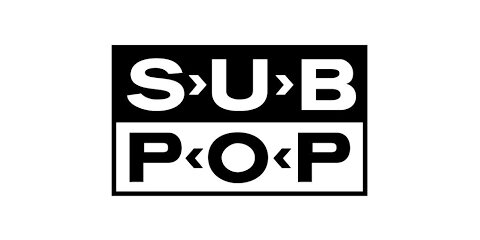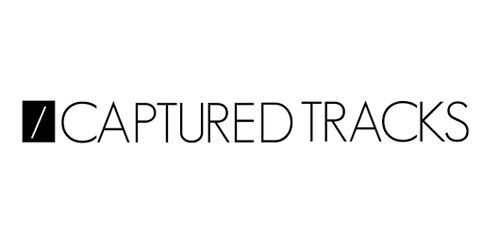
The Power of Your Record Label
Back Catalog
I want to unpack what it is and why it matters so much to the longterm sustainability of your record label.
First off, we need to know if there’s a universal definition of what “catalog music” is, or what might constitute a release transitioning from a “new release to" a “back catalog” release…
The music industry officially refers to “catalog” music as any album that is older than 18 months.
Most of us just refer to back catalog records as “old music” or “classic albums.”
I have five reasons why you should build a back catalog, nurture it, and celebrate it.
1. Your Back Catalog Represents Your Future Catalog
Your back catalog says more about your future than it says about your past.
What we’ve released enables us to release what comes next.
We wouldn’t have Beethoven’s fifth symphony, if it weren’t for his third, second, first….
What you released last year is a step towards what you’re working on today.
2. The Concept of The Long Tail
The concept of “the long tail” is a statistical phenomenon where the initial burst of excitement for something is generally considered the head. The concept of the long tail refers to all of the moderate interest in a certain thing in the time that occurs after the initial burst.
Let’s say a new album comes out in the 80s and sells a million copies in it’s first year. That’s the the head of the graph. Now let’s say that same album has sold 25,000 units a year for the past 40 years. That’s the long tail.
Or maybe you have an audacious goal of having one song earn 100,000 streams each month. It would be far easier if your goal was to have 1000 songs each earning 100 plays every month.
back catalog + time = revenue sustainability
3. Multiple Opportunities for Success
Every time you release something new, it provides your label with another chance at reaching a new listener, breaking through the noise, or simply getting a lucky break!
Additionally, having a robust back catalog can help you answer sync licensing pitches when asked for a very specific lyric or type of song.
A diverse back catalog and expose you to exciting opportunities that can come out of nowhere or to take advantage of an unexpected trend.
Don’t forget the opportunity to release anniversary reissues, re-releasing 5, 10, and 20 year old albums!
4. When an Artist Blows Up!
We’ve had a few labels on the podcast over the years who’ve had an artist graduate on to a bigger label. For the purpose of a back catalog, this can be one of the rewards of your initial hard work.
An artist who goes viral for whatever reason (hopefully a good reason) will see their back catalog will inevitably increase in plays.
And this can happen from unexpected distribution channels as well, an artist can accidentally start taking off out of nowhere on Soundcloud and then that parlays into Bandcamp physical sales.
5. The Current State of Streaming
One of the biggest arguments for a healthy and sizeable backcatalog is how streaming has changed the revenue models for record labels.
Today, music is rented.
Legacy artists like Neil Young and Bob Dylan are selling their catalogs because investors know that these songs are printing money day after day, as new generations discover the music. This has been a relatively new and low-cost way for record labels to earn sustainable revenue.

WATCH THIS EPISODE!
ON YOUR RECORD LABEL BACK CATALOG
So, now what?
Here’s your call to action…
Don’t underestimate the power of staying persistent and consistent.
Keep making new records, release more music, and empower your artists to be prolific.
Make a schedule and stick to it.
Focus on your back catalog as much as you do on your future catalog
Determine how much of your regular revenue comes from your back catalog. Is it 50%? 20%? 80%? Dedicate that amount of your time and efforts into building, nurturing, and promoting your back catalog.

RECORD LABEL
ACADEMY
Simple strategies that will help you
earn a living telling people about great music!
Other Record Labels Podcast
Featuring interviews with…
















